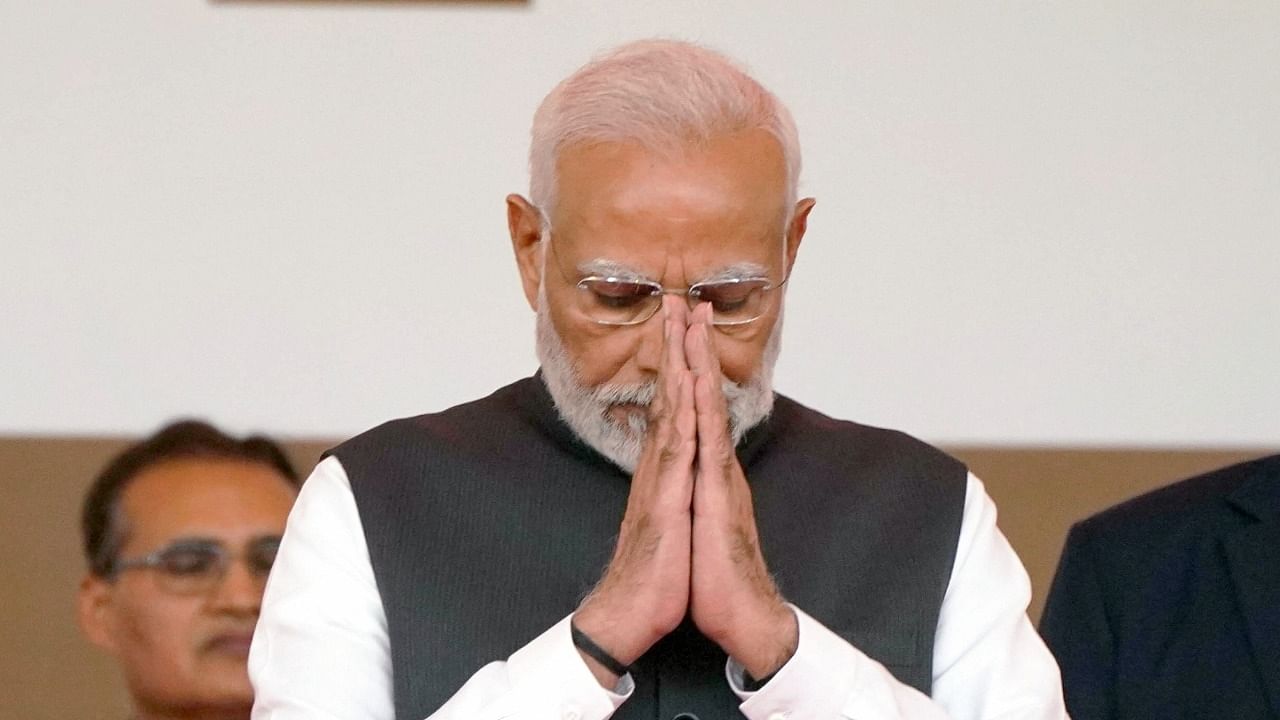
By Pankaj Mishra
This month’s rotation of the G20 presidency from Indonesia to India may have met with indifference in much of the world. In India, however, the news has been emblazoned on billboards and front-page advertisements in newspapers, and is breathlessly discussed on television channels.
The common theme of these celebrations is that the “mother of democracy” — in Prime Minister Narendra Modi's phrase — is about to become a vishwa-guru, or teacher to the world. As the Winter Session of India’s Parliament opened earlier this month, Modi asked its members to project a responsible face to the world in the months leading up to the next G20 leaders’ summit in September 2023.
There is no question that for a few days that month, the eyes of the world’s media will be on India. But what will they see? And what international image does India want to project?
Certainly, the emergence of a multipolar world opens up fresh opportunities for India to deploy its unused moral and intellectual capital. Preoccupied with internal troubles, the United States and Europe have left vast tracts of the Global South open to Chinese and Russian influence.
In particular, China dominates Asia, Africa and Latin America with its economic power. Last week, Chinese President Xi Jinping hailed a “new era” in his country’s relationship with Gulf nations as he met Saudi Arabia’s Crown Prince Mohammed Bin Salman in Riyadh. According to Xi, China and the Gulf countries “respect each other’s history and cultural traditions.”
Modi would have a hard time making a similar claim: He was forced to apologise earlier this year to Gulf rulers for the Islamophobic rants of one of his spokespersons. And even in countries with which India shares a Hindu-Buddhist heritage and trading links — Nepal, Sri Lanka, Thailand, Malaysia and Indonesia — India now plays second fiddle to China.
Nor has Modi seized the intellectual leadership of the Global South — a vacancy that is rapidly being filled by Brazil’s President Luiz Inacio Lula da Silva. Emerging from years in prison, Lula has moved fast to reposition Brazil in the avant garde of the global fight against climate change. He is on his way to affirming Barack Obama’s 2009 characterisation of him as “the most popular politician on Earth.”
In power for nearly a decade, Modi is still struggling to make a similar impact internationally, despite his bear-hugging of world leaders. And that is because the gap between what he says abroad and what he does at home is too wide and too obvious.
Modi is not wrong to claim that India’s core philosophy is vasudev kutamban — the idea that the world is one family. India is arguably the world’s most enduring experiment in cultural pluralism. Those culture-warriors who today belligerently police boundaries of race, religion and gender could learn a great deal from the long Indian experience of multiple, overlapping identities.
Modi’s Bharatiya Janata Party has been relentlessly hostile to this older idea of India, however, as it tries to recast India as a Hindu nation. In a recent study by the Pew Research Center, India fared worse than Taliban-ruled Afghanistan in an index measuring social hostilities involving religion. On other recent rankings — ranging from press freedom to hunger — the mother of democracy has fared equally poorly.
Not surprisingly, the international media has become more critical of India in recent months. Modi now routinely features together with Donald Trump, Boris Johnson, Rodrigo Duterte and Jair Bolsonaro in a gallery of elected demagogues (though perhaps a recent snub of Vladimir Putin may soften the Indian leader’s image somewhat).
Within India, such Western reports are attacked in unison by politicians, bureaucrats, media personalities, film actors and sports stars. These remarkably well-organised and successful campaigns suggest that the silo of fake news and sectarian opinion in India is more impenetrable than anything created by Trump and Fox News.
Nevertheless, the current euphoria over India’s G20 presidency shows that Hindu nationalists still need — and often crave — outside validation. This creates an insoluble problem for them, as their heavily Hinduized idea of India hasn’t been endorsed by many people outside the country. Evidence came only last month, when Israeli director Nadav Lapid, invited to judge an international film festival in Goa, publicly ridiculed a controversial anti-Muslim film that had been zealously promoted by Modi’s government.
Under attack from Hindu nationalist trolls, Lapid dug in and amplified his scorn. It was then echoed by his fellow foreign jurors. Israeli diplomats got involved. Thus, some small commotion at a film festival blew up into an entirely unnecessary international incident.
Such embarrassments, likely as the world examines India more closely next year, are easily avoided. In the months ahead, the government could end its pressure on dissenters, abandon its dog-whistle rhetoric against Muslims and restore the independence of democratic institutions from the media to the judiciary.
Certainly, those claiming to have mothered democracy need to narrow the great gap between propaganda and reality. For India’s timeless moral — that the world is one family — is unlikely to resonate when broadcast by people trapped in silos.